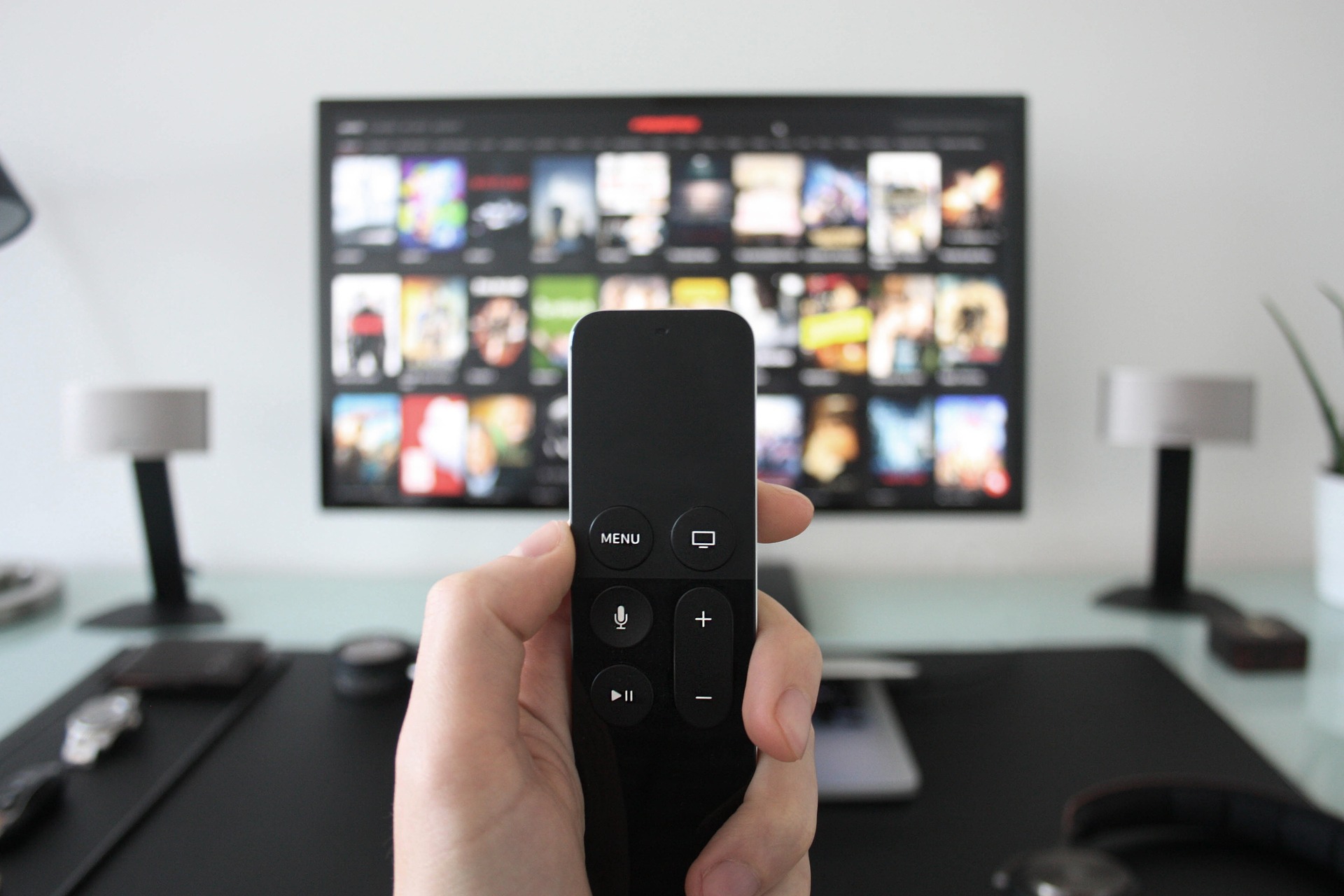

In Connect magazine each month, marketing expert Chris Journeaux discusses the current issues facing the industry. This month, he is debunking marketing myths, "aberrations" as he calls them.
"I have been training marketers for some 10 years now, but 2018 is the first time I have been asked to develop a seminar series that focused on one sector.
"I am a true believer that the principles of marketing must hold sway, that any marketer of any gift can learn the product or service details as they go. Once you have the all-important foundations of concepts and theory, application will follow. Amongst all that is excellent, there is, sadly, many a marketing myth.
"The marketing myths can persist with the same annoying bloody-mindedness as the tax and spend economics of the left. They exist in a world of ignorance, laziness and misunderstanding of the simple facts that should guide the process of matching product to segment. However, they are rarely benign, for they fester and expand to fill the void that an absence of clarity and strategy leaves available. Let’s point the finger of blame at three of these aberrations and crush them under foot with the same determination that their propagators seek to infect our businesses.

Pictured: USP (Unique Selling Point) is one of marketing "aberrations" that refuses to die.
"We cannot address marketing myths without laying a punch or two into the guts of the USP. Here we go then: you do not have a unique selling point. That was easy. So why does it refuse to die? A USP is unique, by definition and the cold, hard facts of business are that anything you can do, there is likely to be a firm out there that can copy it. Without a trade mark, patent or design protection, you have something special just waiting to be aped by your segment hungry competitors.
"Take a look around you, research the competition. I defy you not to find that most of the battle for clients and customers is happening at the point at which you augmented your service, not the core service itself. In terms of a car, the make is not the difference it is the length of warranty, the cash back, or even just the way the manufacturer says it will make you feel. This is not a USP, it is competitive advantage, a constantly morphing field of battle on which customers are won and lost. Drop your misguided claims to a USP and start developing your competitive advantage.

Pictured: With click through ads now available on smart TVs, digital television still has potential for marketing.
"Five years ago, whilst working for a marketing agency I took a call from the sales team at Channel. My nightmare was to be made real; they wanted to present the coming year’s advertising opportunities - a nightmare because I would be sitting through a host of ITV trailers for programmes that make me want to weep, but also because television is dead. I knew it and my clients knew it. We were going digital.
"To examine the facts must be to compare costs, between production and airtime and the pure simplicity of display ads and the beauty of pay-per-click metrics. The facts I heard that day have barely changed to this. According to recent research by Thinkbox, the average time spent watching television is three hours 26 minutes. In the UK the average person was exposed to 44 ads per day in the first half of 2017. Throw in that television advertising is now digital and interactive, the biggest flaw in their promotional offering is fixed; it seems reports of death were premature. A smart television now allows awareness of a product to be fulfilled by purchase because we can click through without ever leaving the sofa. We accept that print media is healthy, and also adapting, and we should afford the same cognisance for the digital television.

Pictured: "The high street is alive and as marketers we just need to find its pulse," says Chris Journeaux.
"The high street is finished so all our marketing focus must move online. There are some problems with the high street, it would be foolish to ignore that. Those problems, though, are not all indicative of an unstoppable wave of innovation from bricks to clicks. Saturation of franchised restaurants, poor customer service and customer trends ignored have all contributed to closures. E-commerce may have accelerated some of this, but it is not the sole destination of this journey. The great giants of online retail, such as Amazon, are reversing the trend, going from clicks to bricks with physical shops. Innovation lies at the heart of this shift, as it did online, with tills absent and payments made automatically based on what you take off the shelf. The high street is alive and as marketers we just need to find its pulse.
"The lesson from just these three myths is that Marketing must stay mindful of customer trends. To simply search for the quick answers is to ignore the need for a real analysis of the external environment in which we exist. Ever was it so; miss the customer and lose the battle."
You can read the digital edition of Connect here.
Comments
Comments on this story express the views of the commentator only, not Bailiwick Publishing. We are unable to guarantee the accuracy of any of those comments.